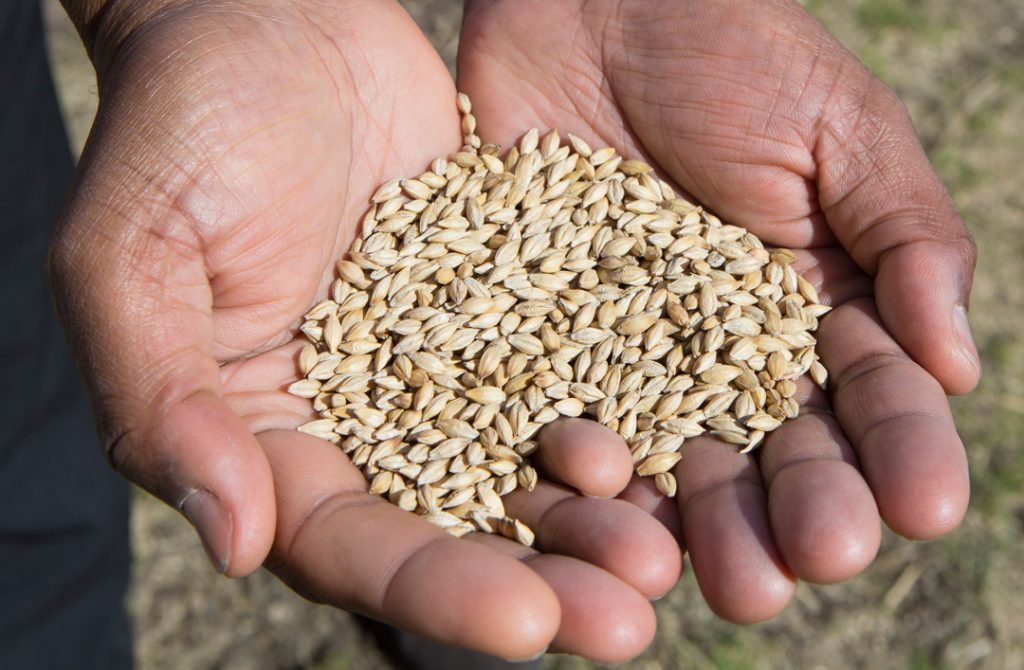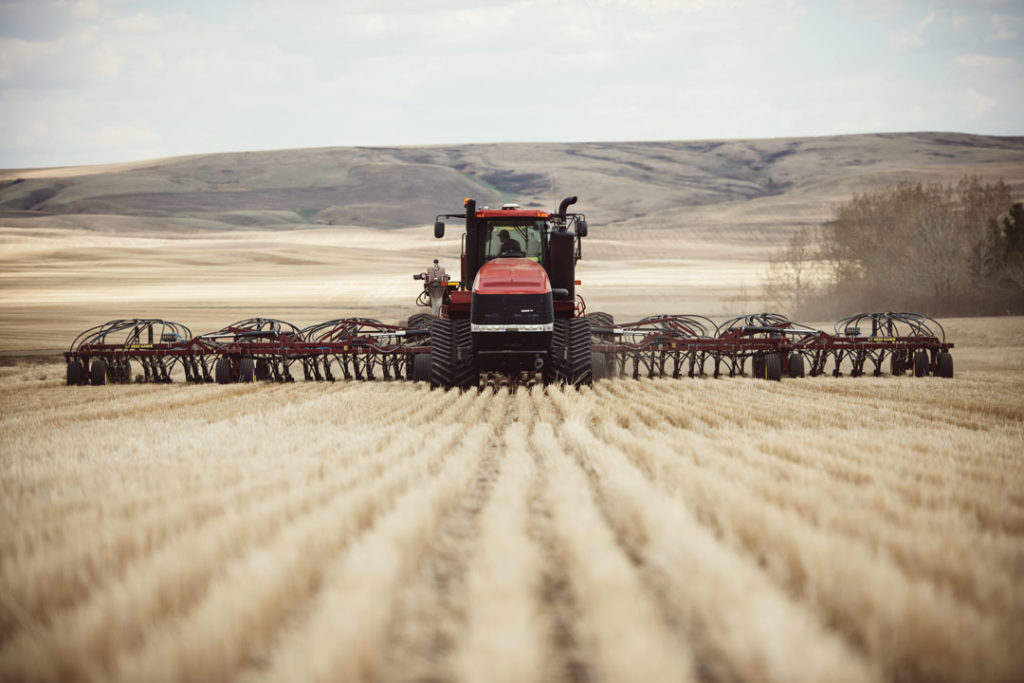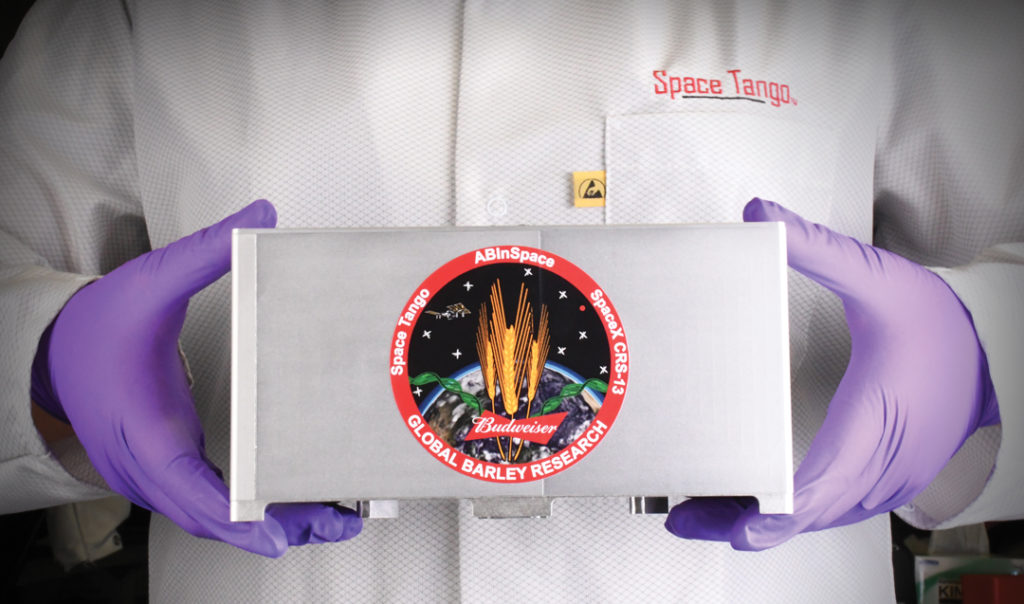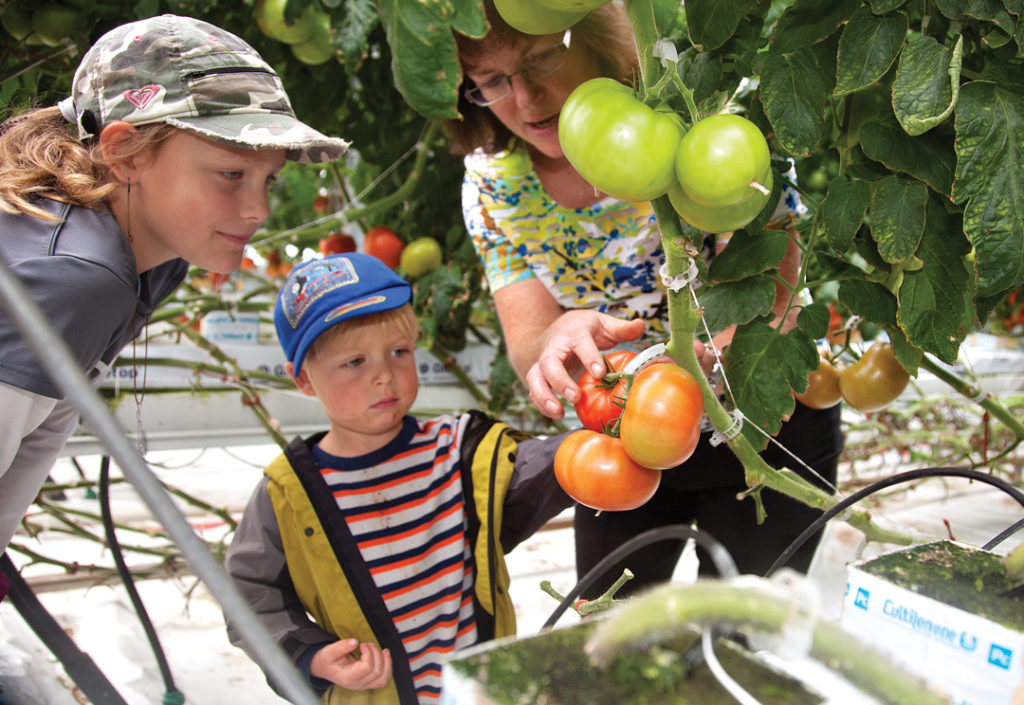MISSION CONTROL
This is a time of heightened uncertainty in global agricultural trade, but the Canadian grain industry is well positioned to push through, given its strong international marketing apparatus.

This is a time of heightened uncertainty in global agricultural trade, but the Canadian grain industry is well positioned to push through, given its strong international marketing apparatus.

Alberta agricultural products have a global reputation for high quality. Naturally, residents and visitors alike increasingly want to taste dishes and drinks made with locally grown ingredients. Published by Touchwood Editions, Food Artisans of Alberta by Alberta Food Tours owner Karen Anderson and Matilde (Tilly) Sanchez-Turri is a substantial guide to food industry entrepreneurs on-farm and off, as well as farmers markets and watering holes.

Most of us want to eat good food that’s grown responsibly. This natural impulse has spurred a growing hunger for information about farming and food production. As you indulge in sunny, backyard barbecue sessions this summer, you may wonder what the story is behind the craft brews so nicely iced in your cooler. Who grew the premium malting barley that gives these drinks the distinctly delicious qualities the brewers worked so diligently to capture?

Public interest in the origins of food crops is at an all-time high. Understanding the provenance of the wheat in your bread, the barley in your beer, the vegetables in your salad and the steak on your barbecue is certainly satisfying and somehow makes these foods taste just that much better. For the complete picture, visit the rural areas where our food is gown and meet the people who farm it. As you plan your recreational roadmap this summer, consider making Alberta farms and agricultural attractions part of your itinerary.

No longer the stuff of science fiction, the invasion of farms by robots is imminent. Dubbed mobile agricultural robotic swarms—or MARS, for short—they are now primarily geared to seeding maize, but such vehicles are expected to eventually carry out various field tasks.

Most people love bread and happily make it a part of their daily diet. A new research project aims to help those who may have difficulty digesting wheat by determining whether the process used to produce sourdough bread can allow them to more fully enjoy it.

Farmers Brian and Carmen Sewell are hoping that a new fertilizer derived from urban food waste will not only boost their crops, but also benefit the environment.

Late last year, Budweiser launched barley seeds into space hoping to learn how microgravity affects the raw product used to make its beer.

More than 120 farms will formally throw open their gates to the public on August 18 and 19 as Alberta Open Farm Days celebrates its sixth year. Vegetable growers, grain and oilseed farmers, ranchers, cheesemakers, beekeepers and more are among the event’s host farmers who will showcase the diversity of the province’s agricultural industry.

You can call Brian Tischler many things—an innovator, a programmer, a farmer—but don’t call him a techie. Despite eschewing the title, He is the creator of AgOpenGPS, a cutting-edge, free, open-source code used to automate farm vehicles. With users all over North America and even a few in Europe, the project Tischler started as a way to make his own farm more efficient has grown more than he could have expected.